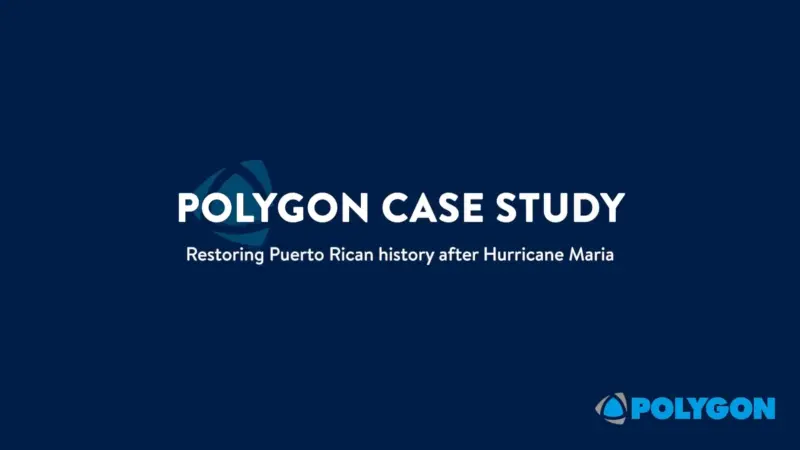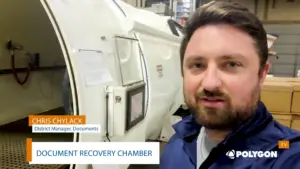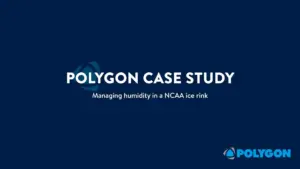SAVE WATER, DRINK BEER!
You’ve no doubt heard the term “carbon footprint”, and being a conscious consumer, you’ve taken steps to reduce the size of yours. Maybe you’ve switched from a gas guzzler to an electric car, installed energy efficient fixtures in your house, or both – all in the name of conservation. That’s quite thoughtful; but how much thought have you given to your “water footprint?” This might be the first time you’ve ever heard of the concept, but in case you didn’t know, your water footprint is the total amount of freshwater consumed – directly and indirectly.
That warm shower you take in the morning, that’s part of your water footprint. That monthly car wash you give your ride, also part of your water footprint. Drinking the recommended eight glasses of water daily, a part of your water footprint as well. But then there’s the “hidden” water you also consume on a regular basis that you might not be aware of. Hidden water takes into account all the water needed just to grow and/or manufacture the foods you eat and the beverages you drink. Naturally, some products require a lot more water to produce than others.
When it comes to 8-oz drinks, how do five of your favorites stack up? Well, according to the Water Footprint Network, that cup of coffee you depend on every morning requires a whopping 70 gallons of water just to make a single cup. But what if you start your day with a glass of milk instead? Bad news, it takes 67 gallons of water to produce one serving. A glass of orange juice doesn’t fare much better at 66 gallons of water. But if you needed an excuse to drink a glass of wine, you can just tell yourself that it takes 57.5 gallons of water to produce, less than many other beverages, but not less than beer. It takes only 19.5 gallons of water to produce a glass of beer. Cheers to that!
You probably never would have guessed that beer can play a role in helping you scale down your water footprint. Of course, you could always just filter 8-ounces directly from your tap into your glass. It’s not only good for helping you achieve your water conservation goal, but a healthy option as well!
Read more at niagaracorp.com








